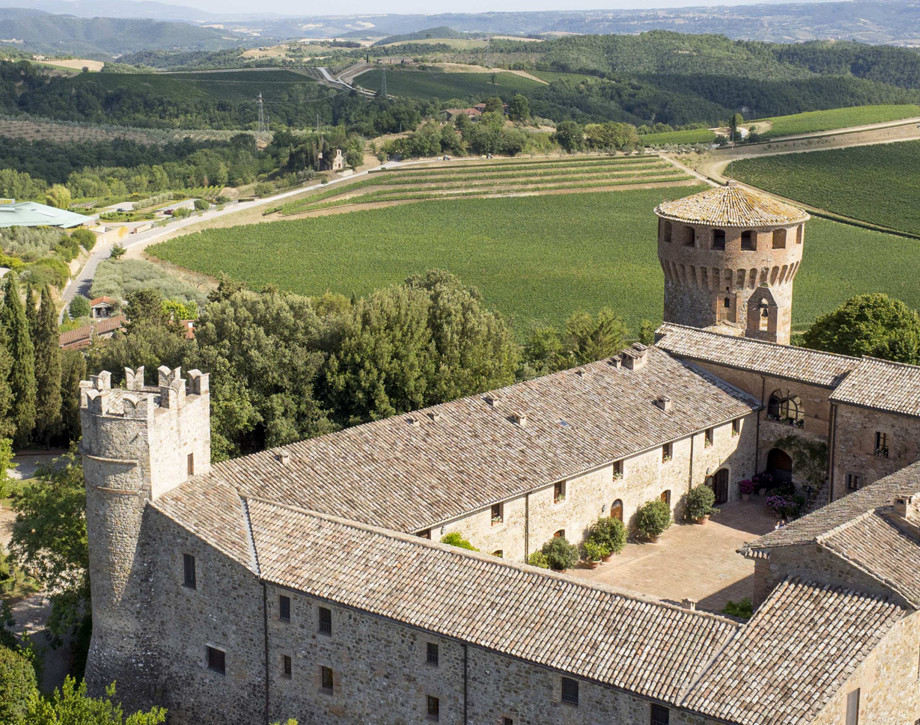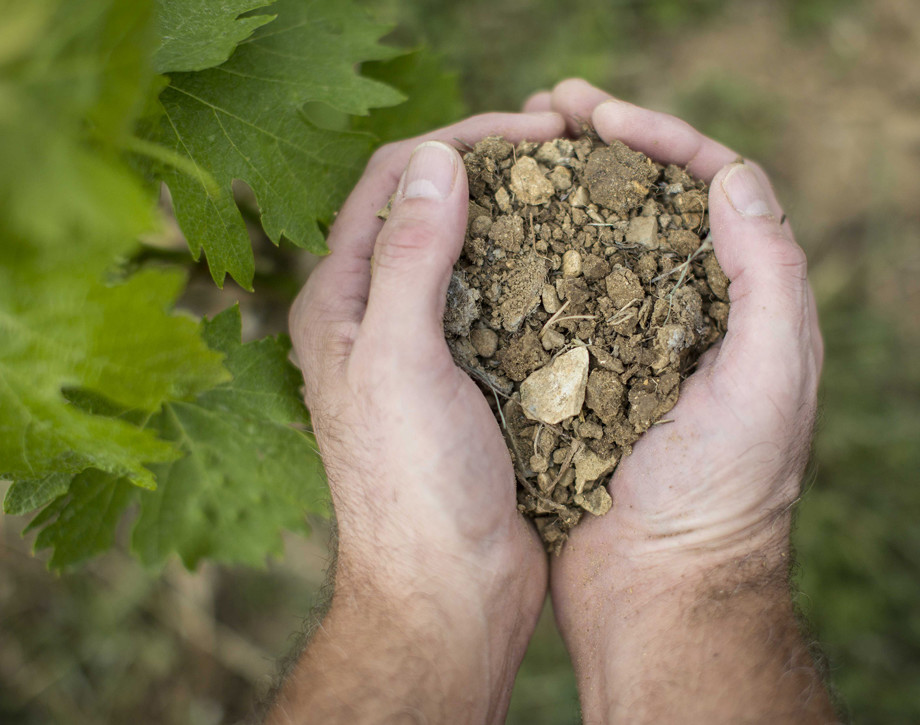Historical Data
The Wine
San Giovanni comes from Castello della Sala’s vineyards and is made with a blend of Grechetto, Procanico, Pinot Bianco and Viognier, a contemporary representation of Orvieto Classico.

The Wine
San Giovanni comes from Castello della Sala’s vineyards and is made with a blend of Grechetto, Procanico, Pinot Bianco and Viognier, a contemporary representation of Orvieto Classico.

Climate
Overall, the 2023 growing season was cool with regular rain showers that prompted a good vegetative cycle. Winter was mild with little rain while spring brought higher than average precipitation that helped recharge groundwater reserves. Rainfall in spring and the beginning of summer slowed down the ripening phase. The last half of July throughout the end of August saw hot temperatures and optimal temperature swings between day and night that allowed the grapes to go through a normal, gradual ripening phase. The grape harvest began about 7 days later than last year beginning the last week of August for Grechetto, Viognier and Pinot Bianco while Procanico was picked mid-September.
Vinification
The grapes were brought to the cellar and each individual grape variety was fermented separately to enhance their unique varietal characteristics. Part of the must was cold soaked on the skins for about 6 hours at a controlled temperature of 10 °C (50 °F) and then blended with the other part that was only gently pressed. The blended must was then transferred into temperature controlled stainless steel tanks where alcoholic fermentation took place at a temperature of 16 °C (61 °F). The wine was left to age on the lees for several months and up until the final blending and bottling to enhance its structure, elegance, and mineral characteristics.
Historical Data
San Giovanni is produced from the vineyards surrounding the medieval castle at Castello della Sala and is a blend of indigenous varieties, Grechetto, Procanico with Pinot Blanc and Viognier; a new interpretation of the Orvieto Classico appellation. The first vintage of Castello della Sala’s Orvieto Classico was 1990.
Tasting Notes
San Giovanni della Sala is straw yellow with light green hues. The nose presents floral notes and hints of ripe fruit especially peaches and pineapples. The palate is mouth filling, well-balanced, persistent and is sustained by excellent freshness.

Castello della Sala
Castello della Sala is located in the Umbria region, not far from the Tuscan border, about 18 kilometers from the historic city of Orvieto. The Medieval castle’s property extends over an area of 600 hectares (1482 acres), 229 hectares (495 acres) are planted with vineyards at an altitude that varies between 220 and 470 meters above sea level (722/1541 feet) on the gently rolling hillsides that characterize the beautiful countryside in this area. Castello della Sala is the perfect place for growing white varieties. The vines grow in clay and calcareous based soils, rich in fossil shells, and they are well exposed to the rising of the sun with an excellent difference of temperature between day and night. The one exception to the rule is Pinot Noir, the only red variety that has found in this area ideal growing conditions to best express its full potential.

Soil
Soils originating from sedimentary deposits of marine fossils with veins of clay.


















